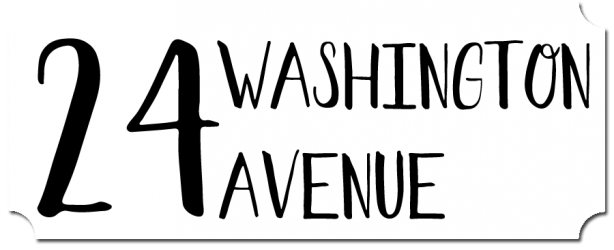One of the biggest things I wanted to do on the second half of this corset was to leave myself even more seam allowance than I’d initially left.
Unfortunately, I forgot that I cut the burlap & canvas for the second half.
for both halves at the same time.
So though I made sure that the top two panels on the
second half had more seam allowance, I was restricted
by the underlayers and still couldn’t treat the seams
as I had hoped.
Nevertheless, the second half actually went far faster than I anticipated – much due to the experience I had accumulated from the first half.
I marked the channels, tacked the top two layers together, and cut out the panels.
One end of the panels was reinforced for the cording process, and then the stitching began
I realised that I didn’t HAVE to roll the pieces over my finger when pad-stitching, because I wasn’t trying to incorporate shape – which meant that it didn’t matter which side the burlap attached to. It was SO much easier stitching it to the canvas.
Also, as I was merely securing the burlap, rather than trying to lock in any shape, I used larger stitches and wider gaps between the rows on the second half. It cut down on the time dramatically.
I aligned the 4 LAYERS of the panels by placing a pin through the marked corners of each layer, and then pinned the assembled panels together in preparation for basting.
I decided to handle the hip panels differently due to the amount of curvature.
I rolled the panels as I pinned, so that the shape of the hip would be locked in place by stitches, as it were.
I did this by pinning down one end, and smoothing the underlayers as I curved the overlayers. Please tell me that this makes sense?
If I lay the panels flat, you’ll see where it comes up to my thumb…
but if I smooth the underlayers toward my thumb, you see how much it ends up overlapping.
And if I try to lay the panel flat, it simply doens’t wish to comply. It wants to have shape.
With all of the core panels (by which I mean the hip panel and all that join onto it), I proceeded to prepare the busk.
Given that generally, the greatest strain is on the waist, I wanted to try to line up a loop and peg at the waistline.
Once in place, I marked the remaining pegs with pins, and then proceeded to use an awl to spread the fabric to receive the pegs.
This side had to be done first, so that the side with loops could be aligned correctly.
I didn’t have a spoon busk, so I cheated for the sake of aesthetics.
I sewed a line around my busk to make it appear spoon-like. Don’t judge me.
In attaching the busk panels, I only sewed the top two layers to the bust and hip panels with the sewing machine. I secured the back canvas by hand to make the join as tidy as possible.
With the straightening effect that the busk had on the hip and bust panels, I was finally able to get a really good idea of how the corset would sit in its resting position. And it was glorious.
As much as I love the look of a hand-sewn eyelet, the original shows steel eyelets, so I went with it.
I used pins to mark the position for the eyelets, observing that the photo showed the center-most two eyelets to be closer together than the rest.
The final panels to prepare were those at the back.
I found myself going back and forth between the photos and my interpretation more than ever.
Much to my chagrin, I suddenly noticed a glaring error. And given that I was openly very picky about accuracy when first deciding on how to make this corset, it only seemed right that I should openly admit this mistake.
The mistake pertained to the cording channels running to the sides of the section with eyelets.
On the photo, it shows the channel veering away from the straight line of the eyelets. On my interpretation, the two run parallel.
I used an awl to spread the weave wide enough to receive the eyelet. After making sure that all fibers were well pressed around the outside (sometimes with the aid of a pin), I used an eyelet setter to seal the deal.
Lacing was the last step to make this a wearable corset.
But once laced, wear it, I did.
I wore it while hoeing around the roses, I wore it while moving lawn furniture, I wore it while weed-whipping here, and weed-whipping there … while mowing here, and mowing there …
I wore it while moving bricks, while helping to control the auger, while doing some editing, and even during those infrequent rest moment.
I work it for a total of four days of intensive gardening – in 35C / 95F heat, I might add – because if tweaks were needed, I wanted to make them before I’d added lace trim and finished my seams.
How did it fare? and how did I fare?
Stay tuned for the aftermath analysis in Part 4.

